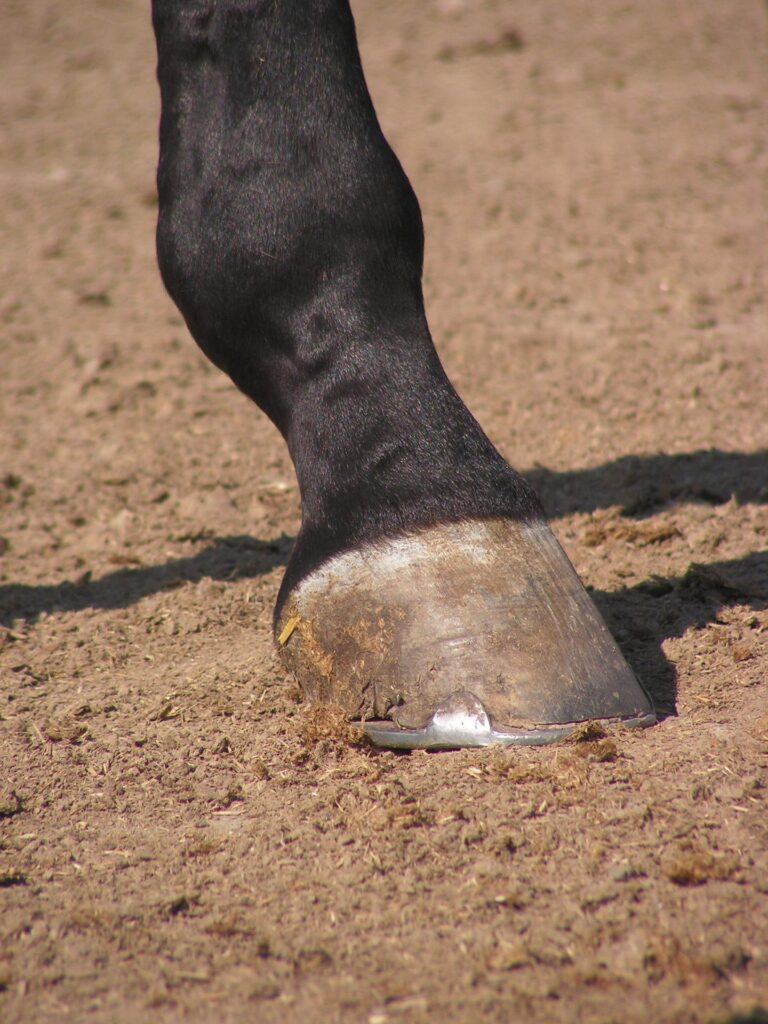
How to Treat Wounds in Horses
As responsible horse owners, we should all know how to treat wounds in horses. For such strong animals, horses are also seemingly quite fragile: they have relatively delicate leg bones supporting a disproportionate body weight. Being prey animals, they are animals of flight and have developed to be fast runners with thinner legs, which are more efficient for speed, but are not robust. As such, they seem to have an amazing ability to self harm, particularly in the field.
Horse First Aid Kit
Every horse owner should have a horse first aid kit in their tack room to treat minor injuries or deal with an injury while waiting for a vet to arrive. The horse first aid kit should be kept in a clean box or cupboard and the contents checked regularly to make sure they don’t become out of date. Your kit should contain:Large roll of cotton wool
Antibacterial scrub, such as Hibiscrub
Iodine spray
Wound powder
Gamgee and large scissors to cut to size
A selection of bandage, including vet wrap and stable bandages
Round-ended scissors for trimming the hair around a wound
Puncture Wounds in Horses
Puncture wounds in horses can be more problematic than they first appear. If the wound is pulsing, you need to stop the bleeding as soon as possible; if there is a foriegn body, leave it alone as that may cause more damage. In either case, call your vet. If the wound gets contaminated, infection can spread and affect joints, tendons or the surrounding area.
If your horse has a puncture wound below the knee or hock, you can expect swelling to travel down the leg but if it travels up into the knee, call your vet straight away.
To treat a puncture wound, rinse the wound by hosing the area and clean the wound daily with an iodine solution, such as purple spray.
Abrasions Wounds in Horses
For abrasions, if the wound doesn’t look too deep, clean the wound. This is where a hose comes in useful to clean the wound and bring down swelling: hose the affected area for up to 20 minutes if your horse can stand for that long. Use wound powder to put a stop to bleeding and dry up infected lesions quickly. Puff the powder freely over the entire surface of the wound and repeat application as often as necessary.
Laceration Wounds in Horses
Lacerations can vary from mild to severe and you need to judge the severity of the injury. It is essential to clean the wound and for this you can use an antibacterial wash, such as Hibiscrub. It’s important to note that this should be very diluted and then rinsed off afterwards. You may need to bandage, but it’s important to change the bandage regularly to let the wound dry out.
When to Call the Vet

If you are wondering when to call the vet, as with any injury, if in doubt, call your vet. If you have a regular relationship with your vet, they may be able to advise you over the phone before needing a costly call-out appointment.
However, prevention of wounds in horses is always better than cure, so check your field fences for anything that may cause injury and ensure your horse’s tetanus vaccinations are up to date.

